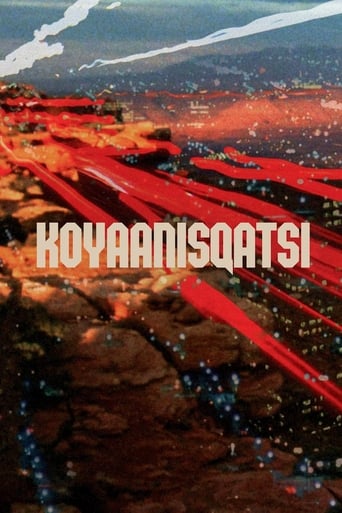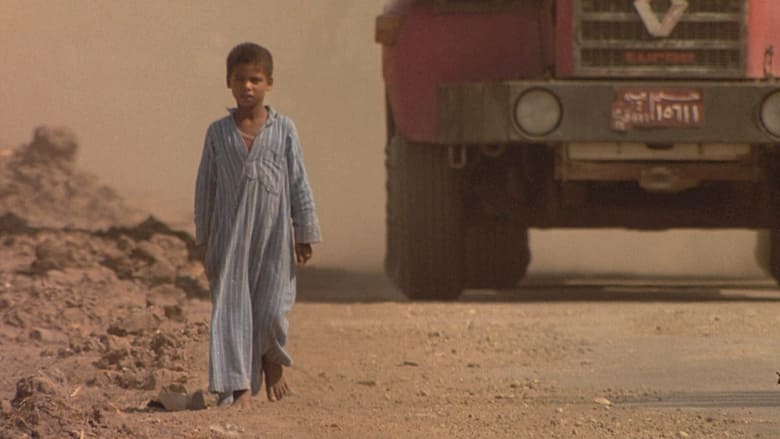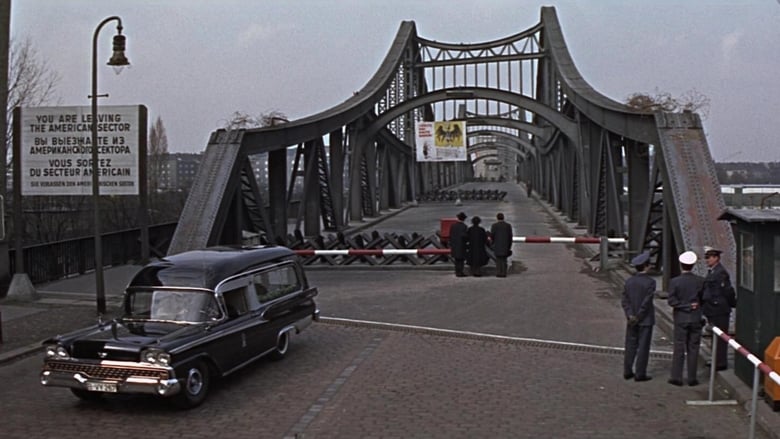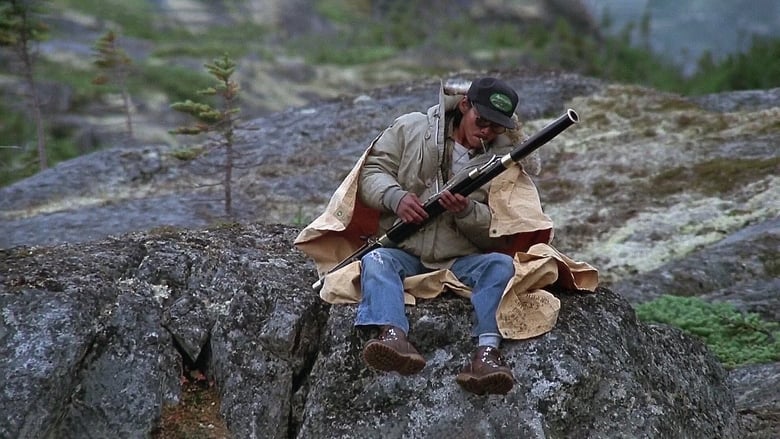Takes us to locations all around the US and shows us the heavy toll that modern technology is having on humans and the earth. The visual tone poem contains neither dialogue nor a vocalized narration: its tone is set by the juxtaposition of images and the exceptional music by Philip Glass.


Similar titles
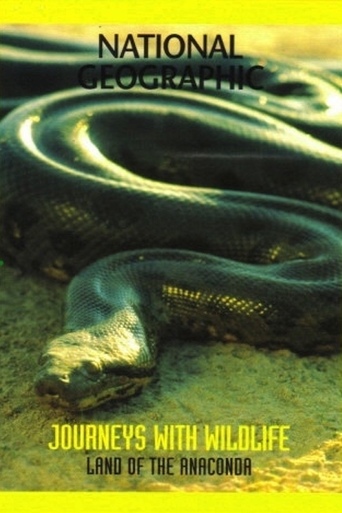
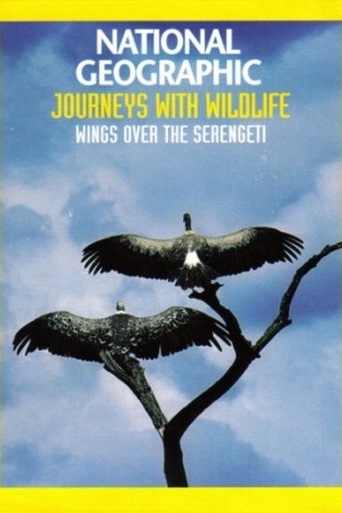
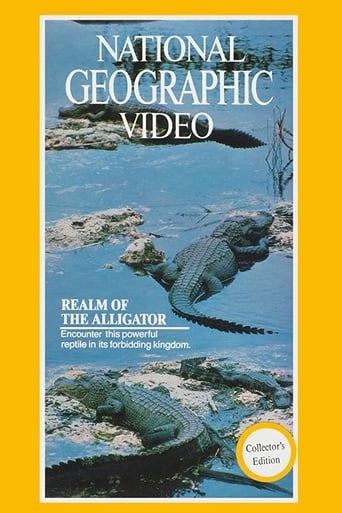
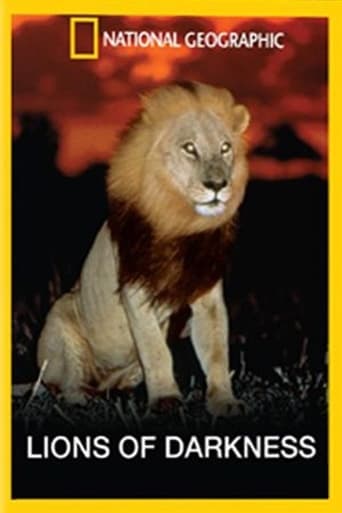
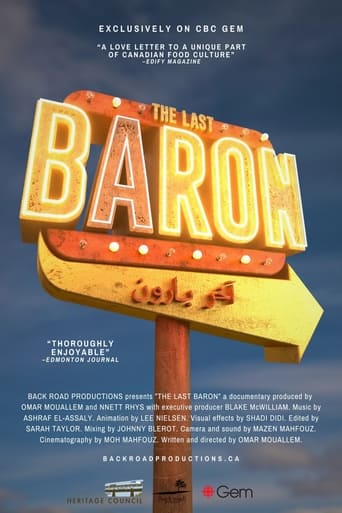
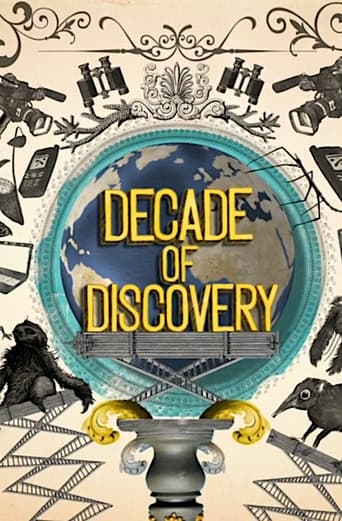
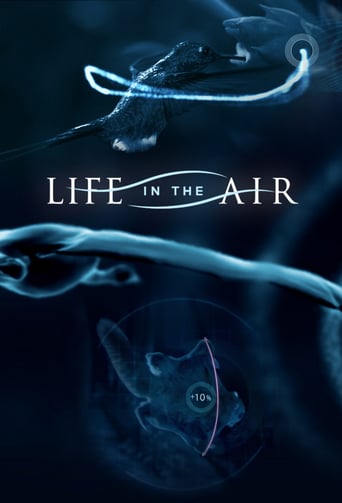
Reviews
While it is not a movie to be enjoyed by everyone, or in all situations, Godfrey Reggio's "Koyaanisqati" is a unique, vast, and exhilarating experience. It has no direct narrative and has many different meanings depending on who you ask, and achieves this through brilliant scenery and long shots, as well as a spectacularly done soundtrack. The soundtrack, performed by the Philip Glass Ensemble, compliments the visuals in such a way that the film would feel incomplete and less meaningful without it. Its use of repetition, crescendos, and silence overwhelms the film with intensity and serenity. It stands out to me as one of Koyaanisqatsi's greatest highlights.It can take a certain mindset or amount of patience to appreciate the effect that Reggio sets out to achieve, which is not a complaint but something to take note of. It has its own style that defies what a majority of popular films possess, and by doing so it seems that the film has a message that could be conveyed in no other way; it is designed in a way where it can't necessarily be defined only by words. That, to me, is the true beauty of the film.Overall, Koyaanisqatsi is a fantastic experience that is, while not extremely accessible, quite moving and beautiful in a very particular way. It provides a unique experience and message that proves the film to be well done and worthwhile for anyone to watch.
A very beautiful flow of clips, even though some of them should frighten more than intrigue.The tempo is also part of what makes is so captivating. The clips slowly builds up and creates an alarming story. At the same time every sequence stands on its own. The lack of words gives it an almost alien view of earth and man's relationship to the planet. Together with the score by Philip Glass it sucked me in and I have rarely been so focused on every frame throughout an entire movie. It must have been quite amazing to see this in a movie theater back in the 80's with the big screen, speakers and also i guess in a time when similar creations were more scarce than now. It's by far the most visual movie I have seen and the fact that it only relies on images and music to tell a story made it bypass my rational filters and made me fully present in the moment for 86 minutes straight.
I actually learned about this film from reading a review of some quite different movie right here on IMDb and have been on the lookout for it ever since. A search through my library system produced no results, so seeing it come up on the TCM cable listing the other night I managed to DVR it for watching this morning. I had to laugh actually, because the guest host for the viewing was actor Alec Baldwin. What better choice for this odd sounding film, the name of which is derived from the Hopi Indian language which loosely translates as 'life out of balance'. Off the top of my head I can't think of many other hosts who's own life may be out of balance enough to perform the duty. Just recall that phone call rant to his daughter that went viral some years ago and you'll make the connection.This film won't be for everyone's taste, that I'll grant. It's a wordless picture relying on an abundant sequence of images meant to convey both the dichotomy and interconnection between Man and Nature. Some will see it as an indictment on Mankind, thrust into a pristine world and polluting it by his mere presence. I don't see it in that harsh regard, though some of the images are indeed stark and troubling.Part of the film's strength involves the power and majesty of Nature's elemental forces juxtaposed with scenes of harmonic tranquility. It begins in a sense, from the beginning, with images from areas of the country resembling Utah's Monument Valley and the Grand Canyon, looking almost prehistoric in nature. A reverential musical score from Philip Glass lends support to the ethereal beauty of the images on screen, so it's all the more jarring when Man's machines and structures make their first intrusion on this glorious landscape. The rubble of Man's failures are highlighted in images of abandoned ghettos and ruined neighborhoods, but the film narrative successfully moves on to reveal the immense creativity and excitement of his creations. City life teems with extraordinary energy, especially at night with vibrant time lapse photography that captures the vitality of humanity.With a keen eye and superb editing, the film makers make a humorous visual statement with a cleverly placed theater marquee above a bustling city street that offers it's own critique of harried modern life - 'Grand Illusion'. Another clever contrast is made between a bank of escalators moving at a rapid pace, disgorging thousands into a grand terminal, while the next sequence involves an Oscar Mayer assembly line furiously producing hot dogs for the masses. The point is well made, life is indeed too fast and one must stop to smell the roses if any sense is to be made of one's existence at all. This I think is where the grand vision of the project is intended to lead us, to make us stop and think, and maybe think about stopping to enjoy the wondrous beauty of the world around us.
Pleasant and haunting at the same time, the powerful combination of music synchronized with visuals and the chant at the beginning makes the film an experience that could well induce a trance in sensitive, intuitive people that can lead to a realization that Time is not linear in an absolute sense, and that the 'experience' of Time is multi dimensional – even leading to an experience of timelessness or Eternity.The film has universal symbolism about the contrast between raw, primordial nature that symbolizes the beginning of time for all practical purposes (creation), and technology –that seemingly speeds up time as it approaches the end point of all technology – which is destruction. I am surprised that no one mentions that it symbolizes Time Fractals (concept developed by Terence Kenna- the process of the ever increasing rate of change of events in temporal reality culminating in the Eschaton ) and thereby gives us an inkling of the counter-concept of Time/Temporal Reality - and that is: Eternity ( in which both the concepts of change and static fail to apply).Incidentally, Mckenna developed the Time Fractals concept and the theory from the study of 'I Ching', but also co-related it with the Native American/ Meso-American concept of Circular Time in the process of the cycles of Creation-Destruction.Eternity is not an infinitely long period of linear time, and therefore eternity cannot be conceived by reason, only fleetingly felt or glimpsed in intuitive, synthesis experience. Linear time is conceived by rational thought working on memory, that then extrapolates its generalizations to extend this conceived linearity which is appropriately limited only to one's lifetime and therefore it is a misconception to generalize it beyond the memory, beyond the personal experiences and the History of mankind.This does not mean that linear time is a total misconception. It is only in linear time (can also be called objective time) that the synchronization of all the living, sentient beings of a world and (by extension) of the universe can possibly take place. The point here is that to make a 'leap of logic' to extend the validity of linear time indefinitely to the past and the future is fallacious and misleading. Even logically it is inconceivable that time extends infinitely backwards into the past – it brings up absurdities and paradoxes that cannot be cannot be resolved if we stick to a fixed conception of linear time that can be extended indefinitely into the past or future.One way of resolving this absurdity and paradox is to conceive of time as the rate of change of events taking place in the physical world, rather than stubbornly stick only to the notion of 'objective time as recorded by a clock' (a notion that has been 'hard programmed' into us by the standard science based educational system). Secondly, when we are in a synthesis, intuitive or imaginative mode of experience, these fixed notions of linear time are necessarily suspended for this mode of experience to be of any significance.
